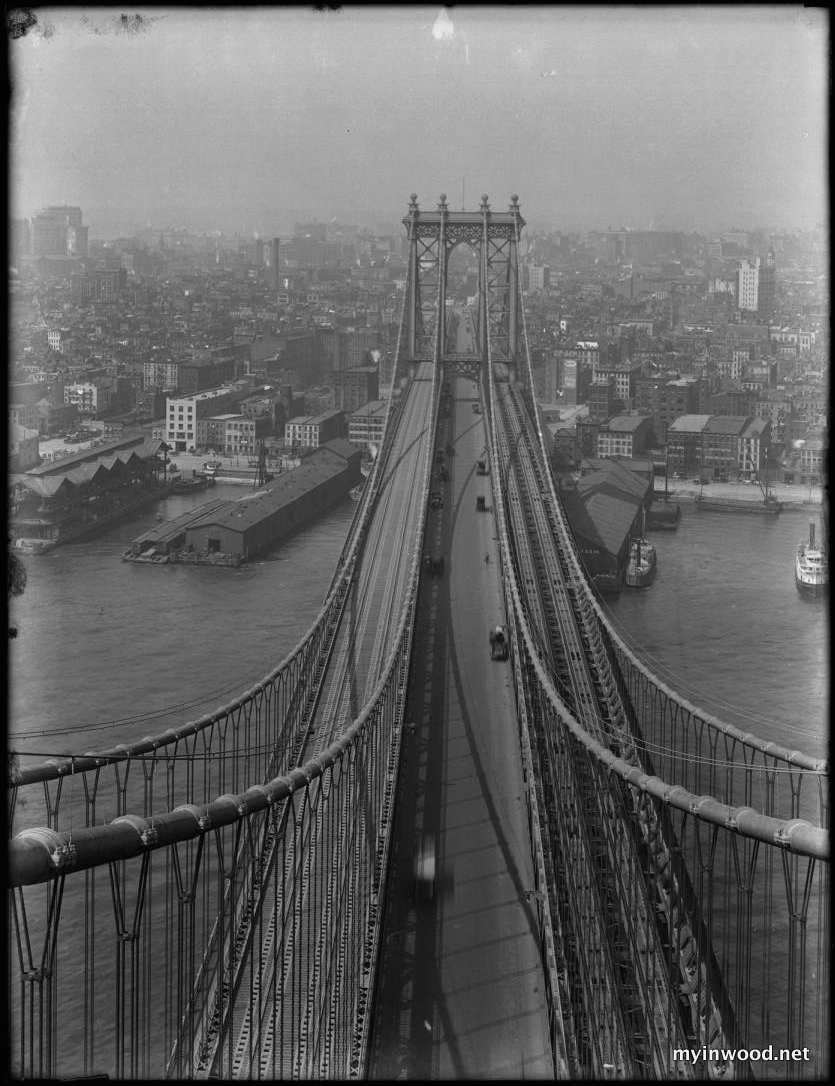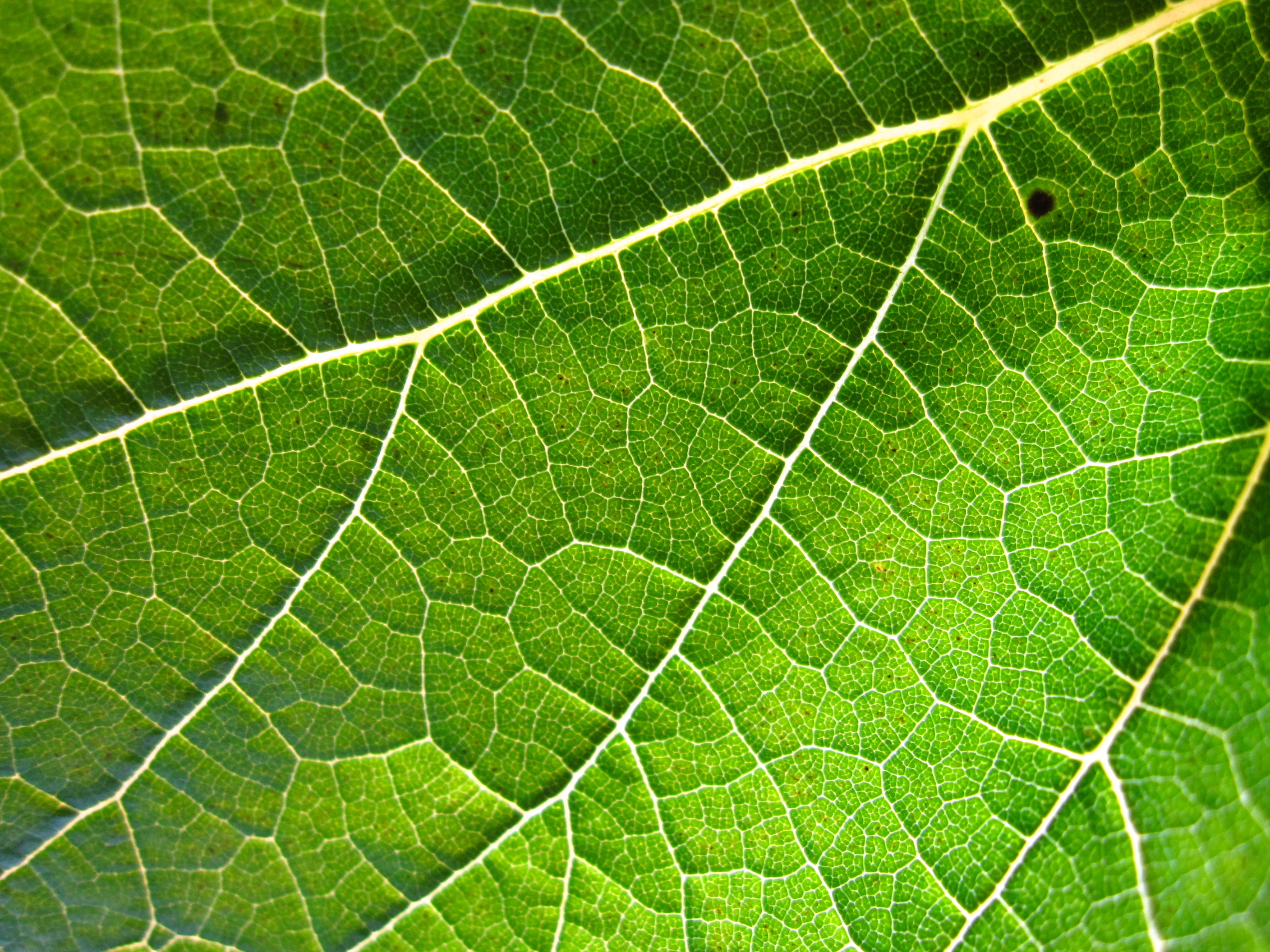

High Angle - A high angle is a shot taken from higher than the subject, with the camera physically above the subject. This kind of shot is used to make the subject seem less significant, or smaller. The shot shows the viewer a broader view of the area around the subject, possibly allowing for more detail in the shot.


Low Angle - In a low angle shot, the subject is higher than the camera, and the lens is tilted upwards towards the subject. This gives the subject a larger feel, and may show off more of the background in the photo than a high angle shot or a eye level shot.







